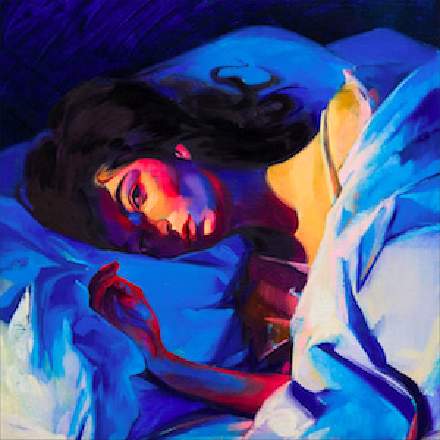
When Jack Antonoff discussed working with Lorde in this Sound On Sound magazine article , he praised engineer Laura Sisk as the ‘unsung hero’ of his studio. He didn’t mention, though, that she’s also one of the most talented specialist vocal editors on the planet — and this production is, I suspect, a testament to the quality of her handiwork. I say ‘suspect’ because what she does is, by nature, designed to be inaudible. No lumpy crossfades, no stretching/shifting artifacts, no truncated breaths or background-noise blackouts. In short, nothing to undermine the illusion that Lorde delivered a perfect one-take wonder. But, as a long-time singer and vocal editor myself, my every instinct screams that this lead vocal has been masterfully and fastidiously comped, tuned, and timed, and I’d recommend any student of pop production to scrutinise it as a benchmark of engineering professionalism and musical sensibility.
In particular, Sisk demonstrates how the art of corrective editing is as much about what you leave untouched as about what you manipulate. For example, Lorde’s flawless tuning and timing haven’t been achieved by just nailing every moment of every note to the grid. Take the word “car” in the first line, for instance, where the pitch profile drifts first below then above the pitch grid by about 40 cents. If you loop this phrase and concentrate on this note, you can quickly fool yourself into thinking it needs to be tuned more tightly, whereas in context it’s actually fine. Enough of that note (and indeed those around it) is centred on the correct pitch to convince the punters that the singer’s fundamentally ‘in tune’, but the sense of authentic humanity in the residual pitch variations helps strengthen the listener’s emotional connection with the performance. The same goes for the timing. Check out “but I hear sounds in my mind” at 0:49, and notice how both “sounds” and “mind” drag a little, providing an appealing looseness and attitude, but because “but I hear” and “in my” track the groove more closely you can’t accuse Lorde of sounding out of time. Maybe she actually sang it this way, but either way I doubt it’s been left to chance any more than the super-humanly tight vocal layering at 0:34 or the lead part’s uncannily groove-locked breath placement.
Troubleshooting is only the start of Sisk’s magic, though, because she’s also talked about actively tweaking pitch and time to increase the emotional impact of performances. For example, many less sensitive engineers would have ironed out the tuning of the words “damn liar”, but the slight sharpness of “damn” and the slight flatness of “liar” actually enhance the bolshiness and drama of Lorde’s delivery. Likewise, there are plenty of moments where vibrato and other micro-level pitch inflections increase the emotional intensity of the lyrics: on the words “drinks” and “same” at 0:09-0:10 or the word “floor” at 0:46. Again, we’ll never know how much these specific instances owe to the sung or the unsung respectively, but I’d wager that Antonoff’s far from the only person indebted to Laura Sisk’s special brand of heroism.










